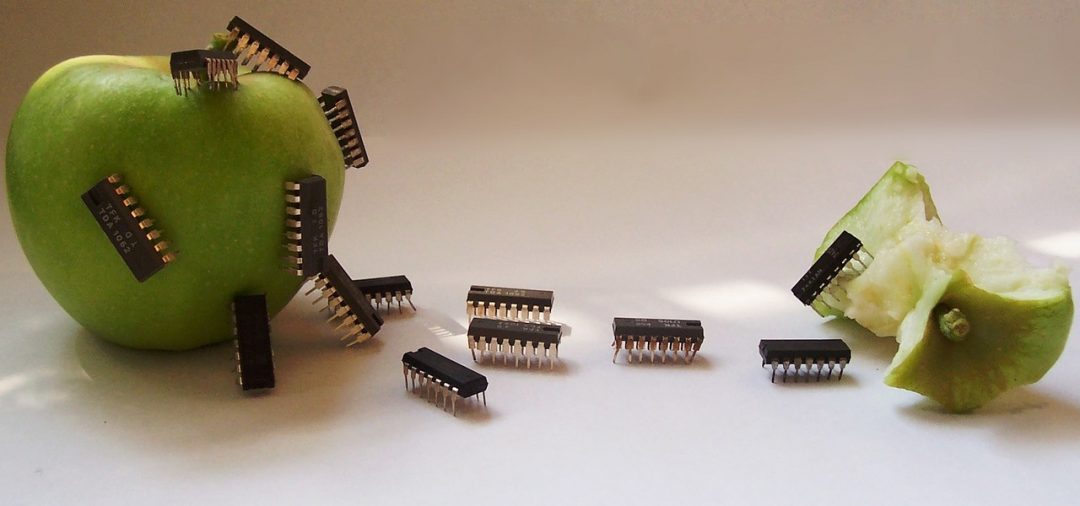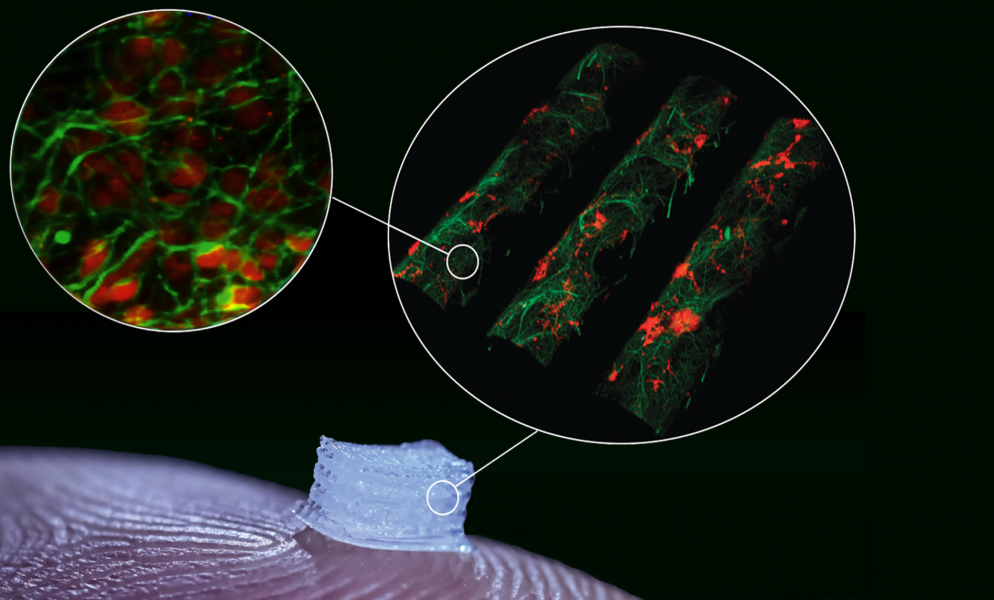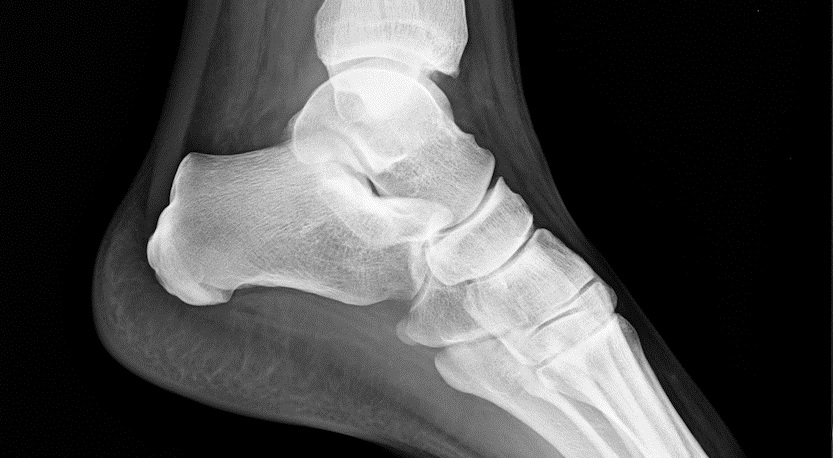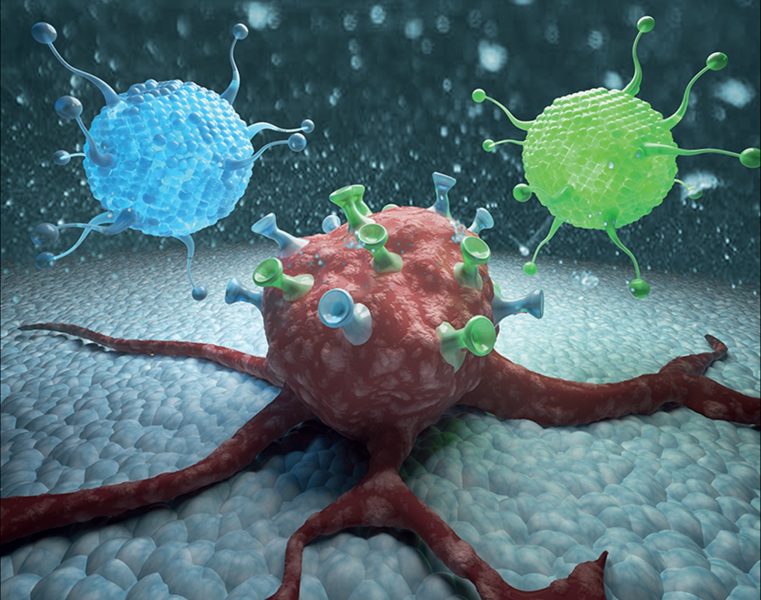Edible electronics: a new class of electronics materials that are compatible with the gastrointestinal tract.


Edible electronics: a new class of electronics materials that are compatible with the gastrointestinal tract.

A 3D printing approach for precise cell placement on tissue engineered scaffolds is developed.

The possibilities of using photoacoustic techniques as a versatile tool for lympathic-related clinical applications is discussed.

Despite massive growth in nanomedicine research to date, the field still lacks fundamental understanding of how certain physical and chemical features of a nanoparticle affect its ability to overcome biological obstacles in vivo and reach its intended target.

A team of American researchers tested the possibilites of using Raman spectroscopy to assess collagen structure or collagen integrity in bone.

Synthesis approaches, mechanisms of DNA response to the surrounding environment and biomedical applications are highlighted.

On the 1st and 2nd of October 2018 in Frankfurt/Main, Germany, experts from academia and industry, suppliers and users will discuss how smart sensors can promote “biotechnology 4.0”.
![Biomimetic Soft Actuators with Color-Changing Capability [Video]](https://www.advancedsciencenews.com/wp-content/uploads/2018/08/adfm201801847_ASN_image.png)
A color-shifting anisotropic soft actuator (CASA) with biomimetic actuation capabilities.

Ultracompliant hydrogel-based multielectrode arrays as neural probes.

Check out the latest covers of Advanced Healthcare Materials!